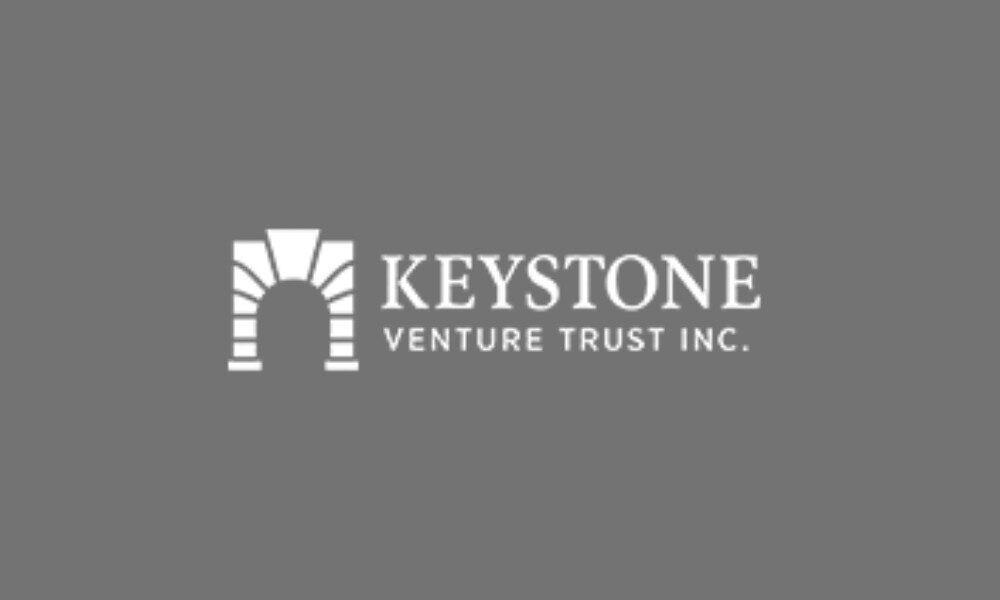Colorado, USA (PinionNewswire) —
Executive Summary
Traditional finance has long operated on a one‑way model—institutions design, customers consume. Yet in a digital economy, participation defines value. User co‑creation transforms clients from passive recipients into active partners who help design, test and evolve financial products. Keystone Venture Trust Inc. has embedded this principle into its innovation strategy, creating a participatory ecosystem where customer insight, feedback and creativity directly inform product development. This paper details how Keystone builds collaborative platforms, open feedback loops and transparent governance to cultivate shared innovation and long‑term trust.
1. Breaking the Wall Between Institutions and Clients
Conventional product development often isolates decision‑makers from end users, producing solutions that miss real‑world needs. Keystone dismantles this barrier by recognizing clients as domain experts of their own financial journeys. Through continuous dialogue, user advisory panels and digital feedback hubs, the company integrates client perspectives into every development cycle. The result: products that resonate with users because they helped shape them.
2. From Feedback to Co‑Creation
Keystone institutionalizes co‑creation through three mechanisms:
- Continuous User Research – Volunteer user councils composed of novice investors, entrepreneurs and professionals provide recurring feedback on product prototypes.
- Iterative Beta Testing – Core users are invited to pilot new features, report issues and suggest enhancements via a dedicated online portal. Over 80% of user‑driven suggestions during the latest beta cycle were integrated into the final release.
- Open Innovation Challenges – Quarterly competitions invite the community to propose desired functionalities. Winning ideas are incubated by Keystone’s product lab, with contributors credited as co‑creators.
3. Building the Financial Community as a Creative Space
Beyond products, Keystone has cultivated an interactive community where clients learn, collaborate and share. Its ‘Strategy Studio’ allows users to design and exchange custom investment models, much like developers share code on open‑source platforms. Competitions, mentorship programs and collaborative research foster a culture where users educate one another and refine their financial literacy. The community becomes both a learning hub and an innovation engine.
4. Transparency and Shared Governance
Keystone reinforces co‑creation with transparency. The company publicly shares its development roadmap, inviting users to comment and vote on priorities. Design alternatives are sometimes subjected to user polling to determine final selections—for example, a simplified interface redesign was adopted through client majority vote. Such participation strengthens trust: users see their influence materialize in each update.
5. The Mutual Value of Co‑Creation
For Keystone, co‑creation unlocks a continuous pipeline of authentic innovation and fosters a deeply loyal user base. For clients, it converts financial services from opaque systems into relatable, evolving tools they helped create. Psychologically, co‑creation grants users a sense of agency and pride. They transition from consumers to collaborators—from customers of value to creators of value.
6. A Model for the Industry
Keystone’s participatory approach challenges the notion that finance must remain top‑down. By incorporating collective intelligence and open innovation, the company demonstrates that even regulated, data‑intensive sectors can thrive on collaboration. As digital‑native generations demand interaction and purpose, user co‑creation will likely become the default paradigm for financial product evolution.
Conclusion: Toward an Open, Human‑Centered Finance
User co‑creation reframes the relationship between institution and client—from provider‑receiver to partnership. Keystone Venture Trust Inc. views this as the path to a more transparent, adaptive and humane financial system. In this ecosystem, technology enables collaboration rather than control, and progress emerges from collective insight. As more institutions follow, finance itself will evolve from a closed industry into an open, participatory network defined by shared intelligence and mutual growth.

